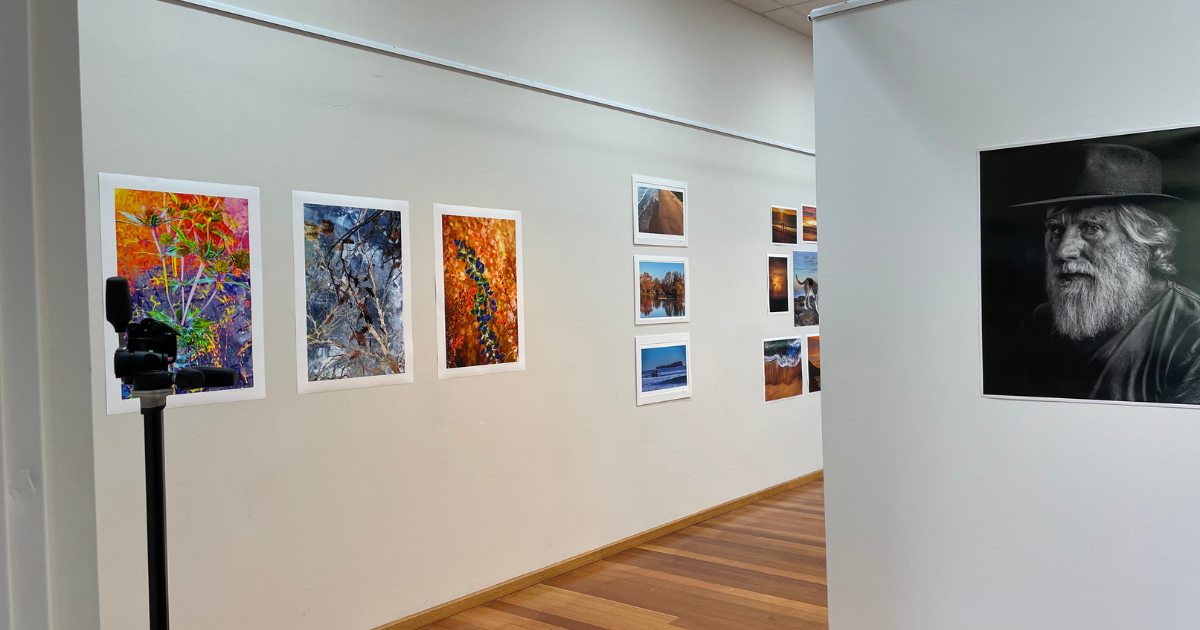Patenting a business product: A how-to guide for entrepreneurs

Just because you have a design doesn't necessarily mean you'll get a patent. For a product or invention to be patentable, it must fulfil the following criteria.
A patent is a legal documentation that declares ownership of your invention and protects it by excluding others from using, making or redistributing it. The patent owner can allow other parties to use their invention under mutual agreement. By patenting your business product, you can ascertain that you’ll profit from your invention, whether you market it yourself or engage other companies to manufacture and sell it for you.
However, getting a patent may be intimidating and time-consuming, especially when it’s your first time applying. The good news is that this article outlines how to patent an idea or invention. Keep reading to understand the step-by-step guide to having your business product patented.
1 – Determine Whether Your Product Is Patentable
Just because you have a design doesn’t necessarily mean you’ll get a patent. For a product or invention to be patentable, it must fulfil the following criteria.
- Novelty: Before applying for a patent, you must confirm that your invention has yet to be made public. If it’s public before the date of application, it will be rejected.
- Industrial Applicability: It’s a must to manufacture your invention, as ideas cannot be patented. For instance, you can effortlessly patent new playing cards that are easier to hold than existing ones. But you can’t protect an idea for a new card game.
- Inventive Step: The new product should be an innovative solution. If the process of producing it is common knowledge or the next natural step, it doesn’t meet this criterion. This is important to determine if the product is not just an obvious improvement of an existing item.
Additionally, it’s essential to know things that you can’t patent. They include physical events, laws of nature, and suggestive ideas.
2 – Conduct Patent Research
Once you have ascertained that you can patent your invention, doing some research is crucial. There are two main steps you should take when researching a patent.
- Patent Search: This step ensures you identify similar inventions that might already exist. If there are any similar inventions or ideas, you can’t patent your business product, regardless of whether the owners have filed one.
- Market Research: Just because you think you have a great invention doesn’t guarantee you’ll have a market for it. Thus, it’s vital to research and ensures you identify your target market before applying for a patent. This will save you from spending too much money and effort on an invention you won’t profit from.
Fulfilling these steps can guarantee that patenting your business product will be a breeze.

3 – Prepare A Prototype
A prototype helps demonstrate everything you have written in a product proposal. It also allows the authorities to fully understand your product, which expedites the approval of your patent. Creating a prototype requires two relevant steps.
- Develop a virtual prototype: You can begin by rendering a 2D or 3D representation of your idea. Through a virtual sample, you can visualize all perspectives of your product design or structure.
- Build a physical prototype: If your skills are adequate, you can build a physical version of your product on your own. An alternative is hiring professionals to produce the output for you. Once you have the physical prototype, you can inspect it for flaws and correct it before applying for a patent.
If you are experiencing setbacks in producing a prototype, you can outsource the services from a reputable prototype expert. Before applying for a patent, you can go the extra mile by looking for reliable manufacturers. Finding a company that offers free 3D printing can cut your initial production and testing costs once you are ready to release the patented product into the market.
4 – Understand The Cost Of Patenting
The patent cost may range between AUD$10,000 to over AUD$150,000. Notably, the overall cost can be affected by the following:
- Patent Search Costs: As mentioned above, conducting a patent search is mandatory. Although you can do this yourself, you can also outsource the services from a patent attorney. The average cost for this is between AUD$7,000 to over AUD$150,000. While this may seem expensive, determining the patentability of an invention through a reputable service provider will make the process easier and the results more reliable.
- Type Of Patent Application: You can choose from two categories: provisional and non-provisional. Each application type has distinct costs and offers different protection levels. For instance, a provisional patent application is a cheaper option. However, it protects for only one year. With a non-provisional patent application, expect to pay between AUD$10,000 to AUD$20,000. However, it’ll offer protection for longer, up to ten years.
Understanding the patent costs ensures you have enough money to complete the process. This reduces the chances of downtime, which could affect your patent application.
5 – Submit Your Application
Once you have enough money and a prototype, it’s now time to submit your application. You can use online portals to save time and effort. Fill in all the required information and upload the documents to the specified website, then submit your application. Once you have filed your application, you’ll receive a notice regarding its status.
The application will be published on the local patent database if accepted. Publishing your patent means it’s no longer confidential, and the public will be notified about your processes.
Summary
As mentioned above, patenting your business product is crucial, especially when you want to profit from it and get a business upgrade. However, this can be challenging for most entrepreneurs. Fortunately, with this comprehensive guide, you can protect your business product in no time.

















